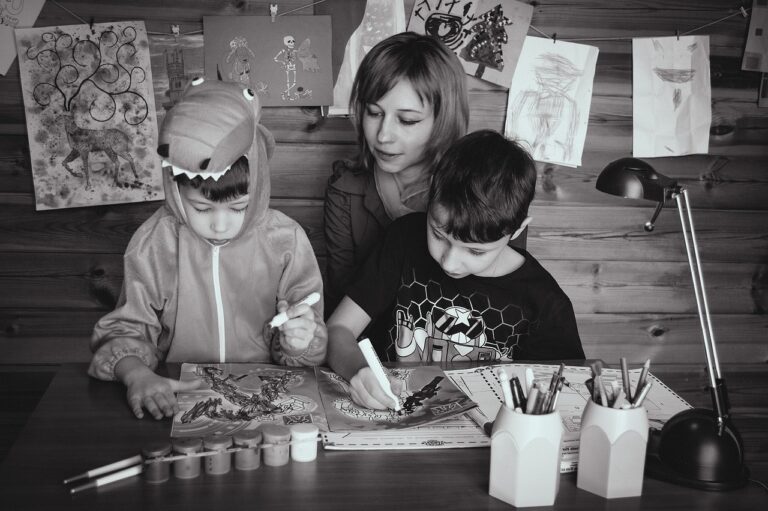Teaching Collaboration and Teamwork in Schools
Collaboration and teamwork skills play a pivotal role in both personal and professional success. Working effectively with others enables individuals to leverage diverse perspectives, pool resources, and achieve common goals more efficiently. In today’s interconnected world, the ability to collaborate is highly valued by employers, as it fosters innovation and enhances overall team performance.
Moreover, developing collaboration and teamwork skills promotes effective communication, conflict resolution, and leadership abilities. By learning how to work harmoniously with others, individuals can cultivate empathy, respect for different viewpoints, and a sense of shared responsibility. These skills are not only essential for succeeding in a team-oriented work environment but also for building strong relationships and thriving in various social settings.
Benefits of Teaching Collaboration and Teamwork in Schools
Collaboration and teamwork are essential skills that students need to thrive in the ever-evolving world. By teaching these skills in schools, students learn how to work effectively with others, communicate efficiently, and problem-solve creatively. These abilities are not only valuable in academic settings but also in real-world scenarios, where the ability to collaborate with diverse groups of people is critical for success.
Furthermore, teaching collaboration and teamwork in schools helps students develop empathy, respect for others’ opinions, and conflict resolution skills. By working together on projects and assignments, students learn to appreciate the strengths and contributions of their peers, fostering a sense of inclusivity and unity. These experiences prepare students for future careers where teamwork is often required to achieve common goals and deliver impactful results.
Strategies for Fostering Collaboration in the Classroom
To foster collaboration in the classroom, it is essential for teachers to create a supportive and inclusive environment where students feel comfortable sharing their ideas and working together towards a common goal. Encouraging open communication and active listening among students can help foster a sense of cohesion and teamwork within the group. Additionally, providing opportunities for students to engage in group projects and activities allows them to learn how to cooperate, compromise, and problem-solve collectively.
Furthermore, incorporating team-building exercises and icebreaker activities at the beginning of the school year can help students develop trust and establish positive relationships with their peers. By emphasizing the importance of working together and valuing each other’s contributions, teachers can instill a sense of community and mutual respect among students. When students feel supported and valued within their learning environment, they are more likely to collaborate effectively and achieve success together.






